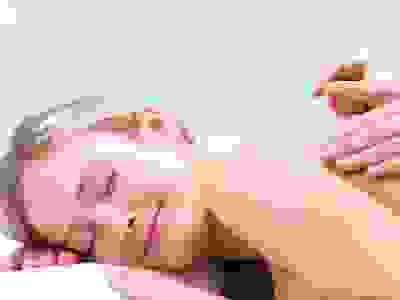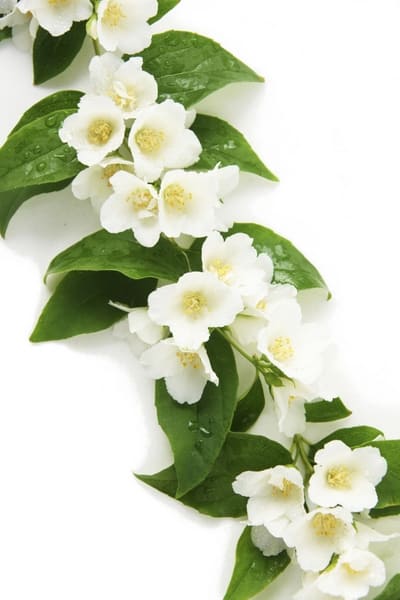Acupuncture is an alternative healing method involving the treatment by insertion and manipulation of needles in the body. The method of acupuncture that is usually practiced today originated in China over two thousand years ago and is called Traditional Chinese Medicine (TCM). Japanese acupuncture is a variant of TCM. It was developed in Japan from TCM in the sixth century and has evolved over 1200 years into an effective and popular form of alternative healing with several advantages over TCM.
Here are some of the characteristics of Japanese acupuncture:
1. Friendly needle technique
Japanese acupuncture is made extra-gentle with the use of the thinnest needles available and extremely delicate technique. Japanese acupuncturists also use fewer needles as compared to the standard Chinese technique. The diameter of the standard needle used in Japanese acupuncture is approximately 0.12 – 0.14 guage, i.e., the diameter of 2 – 3 hairs. In contrast, the standard needle used in Chinese acupuncture is 2.5 times thicker.
The use of thinner needles make the Japanese acupuncture technique gentler and more relaxing for the patient. You can get an idea of the pressure exerted by the needles by gently touching the corner of your fingernail to the skin of your hand.
2. Shallow depth of piercing
Japanese acupuncturists believe that the body’s most responsive “Qi” or energy lies on or just beneath the skin surface. Therefore, they do not needle deeply to produce a strong needle sensation during treatment. In fact, very often the needle just connects with the skin surface for a few seconds.
In cases where penetration is necessary or when the needle has to be left in place, the needle pierces only 1 – 2 mm of skin. Sometimes, the needle is placed just flops over and lies flat on the skin indicating an extremely shallow depth of penetration. On the other hand, other acupuncture styles require a needle – penetration depth of 1-5 inches.
3. High level of interaction
Japanese acupuncture emphasizes palpating or gently massaging the body for accurate diagnosis before piercing with an acupuncture needle. Thus, the exact needs of the patient are taken into consideration. After diagnosis, acupuncturists treat the patient for approximately 1hour with only 2-patients scheduled simultaneously. Of this, 40 minutes are spent in a personal and exclusive interaction with the patients.
4. Root and branch approach
Japanese acupuncturists believe that by always treating the entire body (root), any symptom (branch) will be cured permanently. They also believe that treatment of the the branch will result in temporary short term relief.
Therefore, they first apply root treatments to balance the whole body, followed by a branch treatment to address a specific symptom. This results in complete ‘root and branch’ or ‘core’ treatment.
5. Pediatric care
Shoni-shin or pediatric acupuncture is a branch of Japanese acupuncture used for the treatment of infants and young children. It involves the use of non-needle or “blunt” tools that gently contact the skin with very little pain. It is a non-invasive technique that has been successfully used to treat many childhood conditions.
Thus, Japanese acupuncture is a technique that uses minimal amount of stimulation to achieve effective healing. It is a holistic and patient-centric therapeutic system for treating disease and maintaining health.









